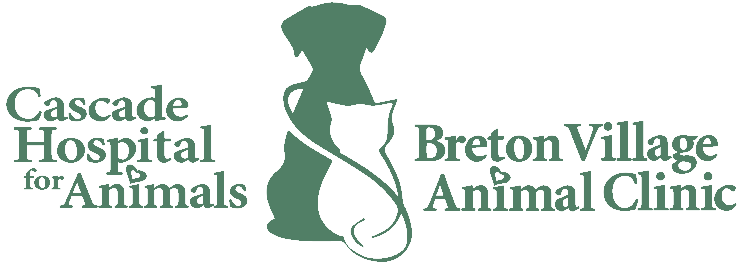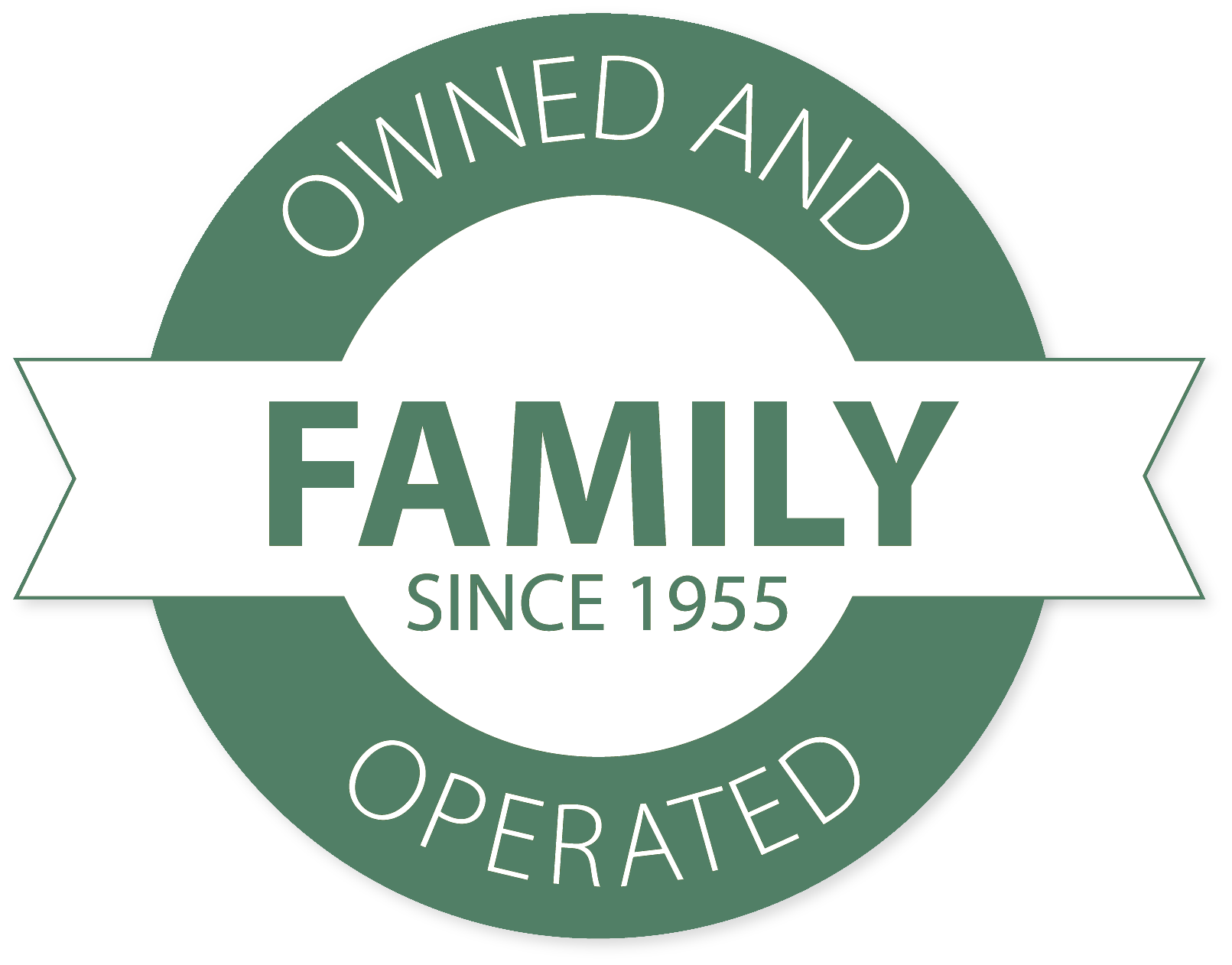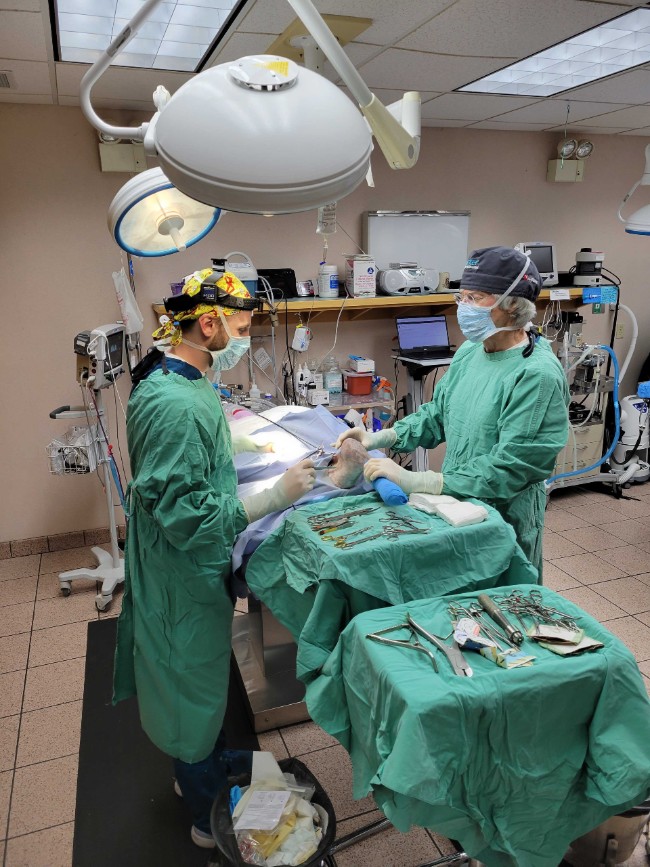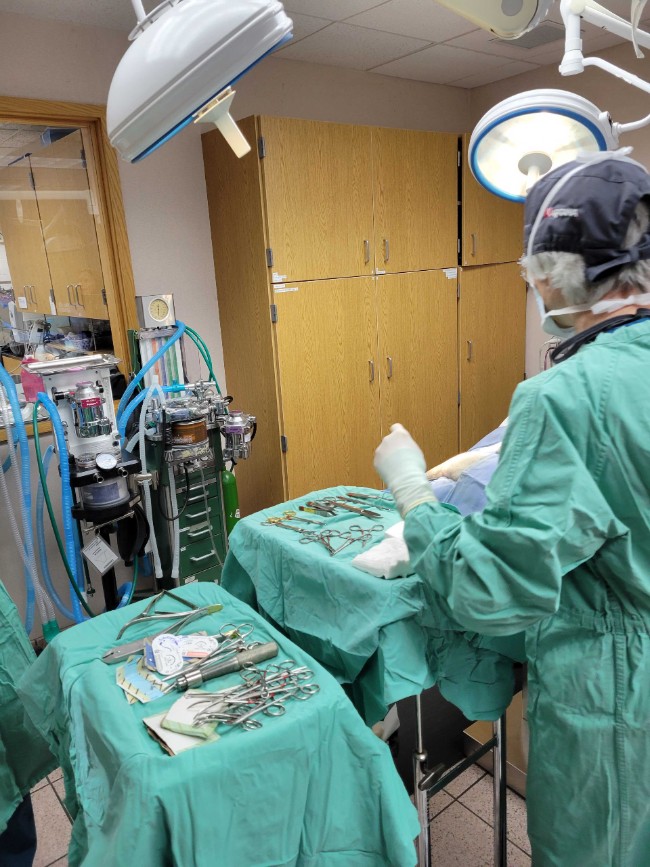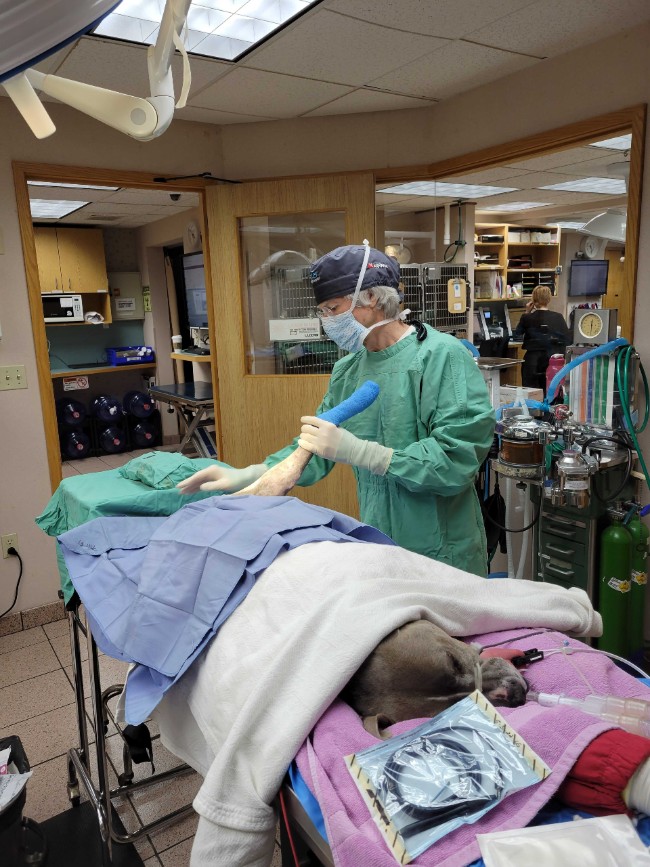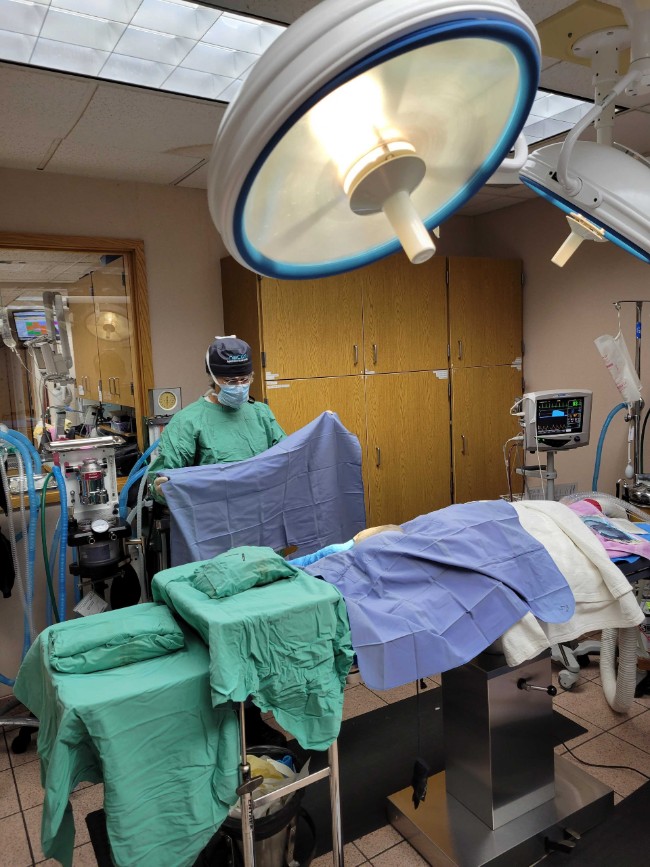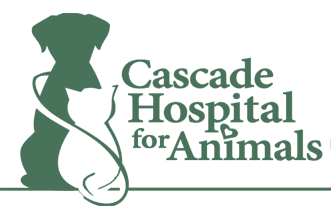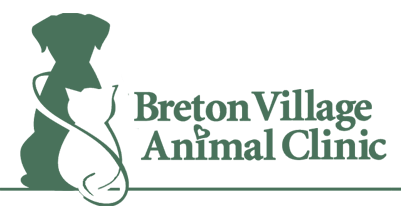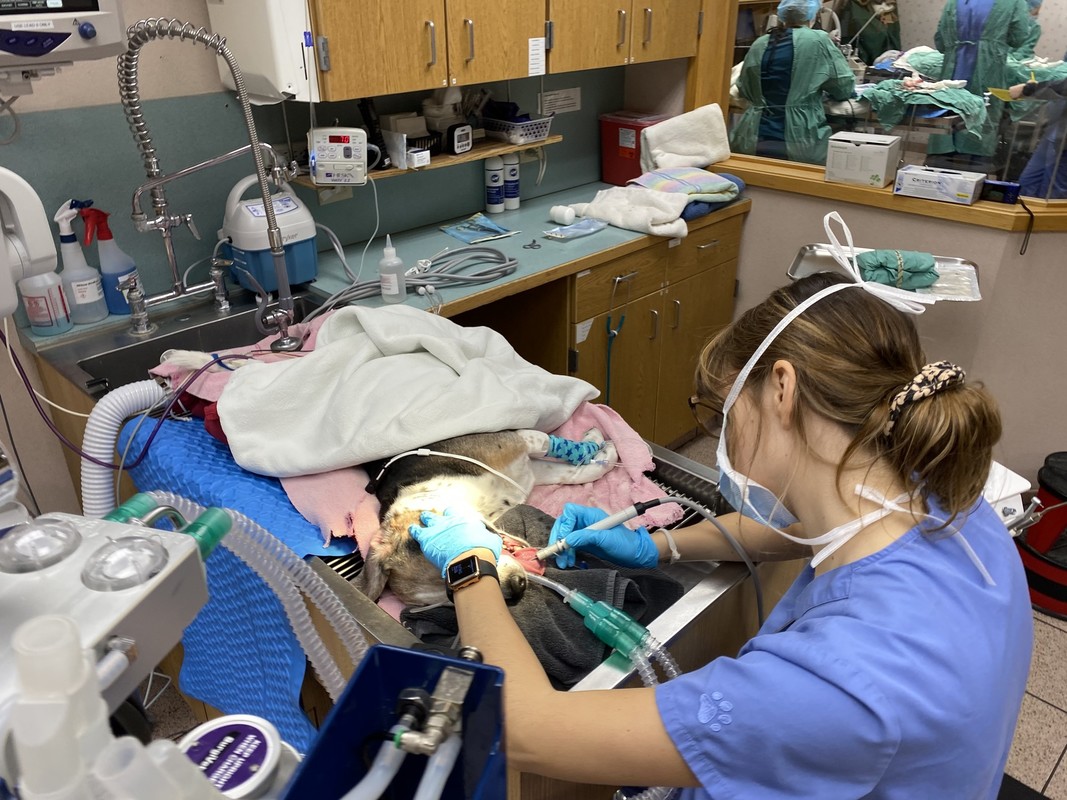 Making the decision to have an anesthetic or surgical procedure performed on your pet can be difficult or stressful. Our team will help you understand the advantages, risks and alternatives to the procedures your cat or dog needs. We have carefully chosen protocols and procedures to minimize the stress, discomfort or risk to your pet. We are here to guide you through the decision making process and to help you care for "our" patient before and after the procedure.
Making the decision to have an anesthetic or surgical procedure performed on your pet can be difficult or stressful. Our team will help you understand the advantages, risks and alternatives to the procedures your cat or dog needs. We have carefully chosen protocols and procedures to minimize the stress, discomfort or risk to your pet. We are here to guide you through the decision making process and to help you care for "our" patient before and after the procedure.
Pre-Surgical Instructions
Although some surgical procedures or patient-specific requirements call for modifications of our pre-surgical instructions, the following general guidelines apply to most surgeries:
Feeding: Unless directed otherwise, please do not feed any food after midnight the night before surgery. A small treat can be given in the morning, if it is needed to administer medications.
Water: You can allow your pet to drink water until you leave to come in for surgery.
Medications: Generally speaking, we prefer your pet to continue taking any medications they are currently prescribed. We may have special instructions for patients taking particular medications like insulin or some pain relief medications.
Check-in: Your check-in time will be scheduled between 7:30 - 9:00 AM. It is important we have all patients in the hospital prior to us starting surgery, so we can provide appropriate pre-anesthetic medications and plan our procedures safely.
We will require you to leave us a telephone number where you can be reached if we have any questions or to call you following the procedure.
We will provide written instructions on appropriate post-operative care for your pet. Please let us know if you have any questions.
Anesthesia
Cascade Hospital for Animals is accredited by the American Animal Hospital Association (AAHA). We follow their strict guidelines pertaining to pre-surgical evaluation, anesthetic monitoring, recovery procedures and pain management. We perform pre-anesthetic blood testing prior to administering anesthesia. Depending on the age and condition of your pet, other testing might be required (e.g. radiographs, ECG, clotting panels, etc.). These tests help us evaluate anesthetic and surgical risk and potential complications.
Veterinary anesthesia is extremely safe when the patients are properly evaluated, ongoing medical conditions are appropriately treated and anesthesia is carefully monitored. There is always some risk to anesthesia, but our highly trained surgery team will take all the steps we can to minimize that risk.
Many variables influence the length of anesthetic recovery, including type of anesthesia used, length of the procedure, age and condition of the patient, and post-operative pain medications. It is normal for some patients to be lethargic or disoriented the evening following anesthesia. You will need to protect your pet from stairs, jumping off furniture, bodies of water and anywhere else they might endanger themselves.
Post Surgical Care
You will receive detailed written post-operative instructions for your pet that will be specifically tailored to the procedure performed and your pet's needs. However, here are some general guidelines that apply to most procedures:
Hospitalization: Whether a patient is discharged the evening of the procedure or is hospitalized for one or more nights depends on the length and type of surgery, and the post-operative needs of the condition of the pet. We will generally schedule a time for you to pick up your pet either at the time of admission or when we contact you after the procedure. Occasionally we have high-risk or critical patients transferred to a 24-hour care facility for continuous monitoring or treatment.
Patients should be monitored closely for the initial 24 hours at home. They may be confused or disoriented from the anesthesia and pain medications and need to be protected from injuring themselves.
Food & water: Unless directed otherwise, allow a small amount of food (25% of normal feeding) and water after your pet has had a chance to settle down, then wait 20 - 30 minutes to make sure they have no nausea or vomiting before feeding an additional small amount of food. Normal feeding can generally resume the following morning.
Activity: Please restrict running, jumping or playing activity. Limit outdoor activity to the minimum amount of leash-controlled time outside necessary to provide for eliminations.
Incisions: Your pet may have visible or buried dissolving sutures. You will be instructed when to have the incision rechecked and sutures removed. Please prevent licking or scratching at the incision site. Monitor the site for redness, bruising, swelling or discharge. Occasionally a bandage or Elizabethan collar may be needed to protect the incision.
